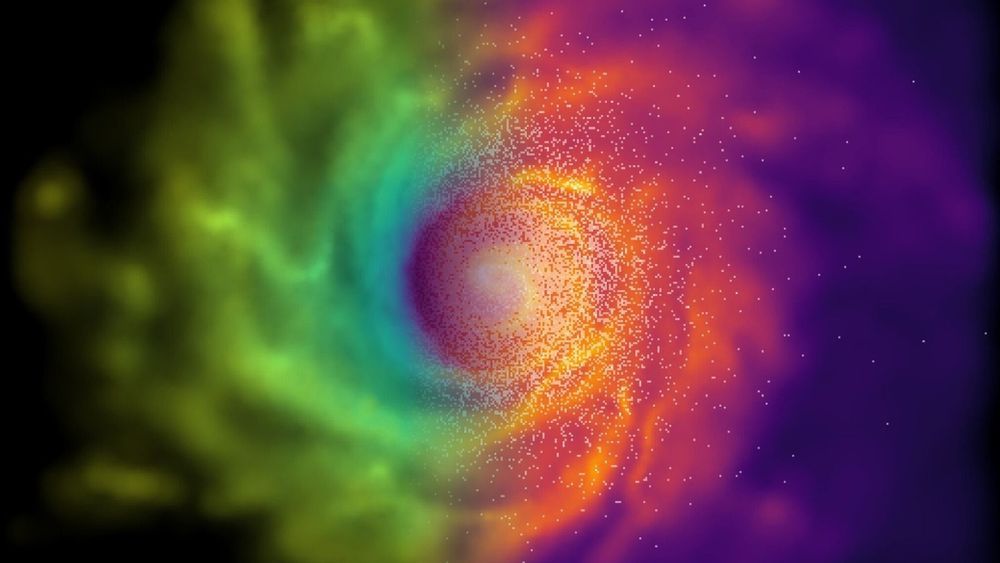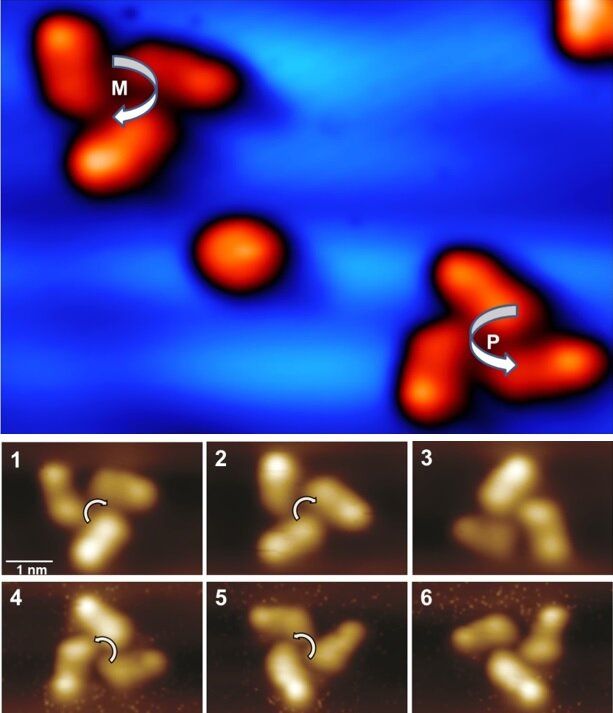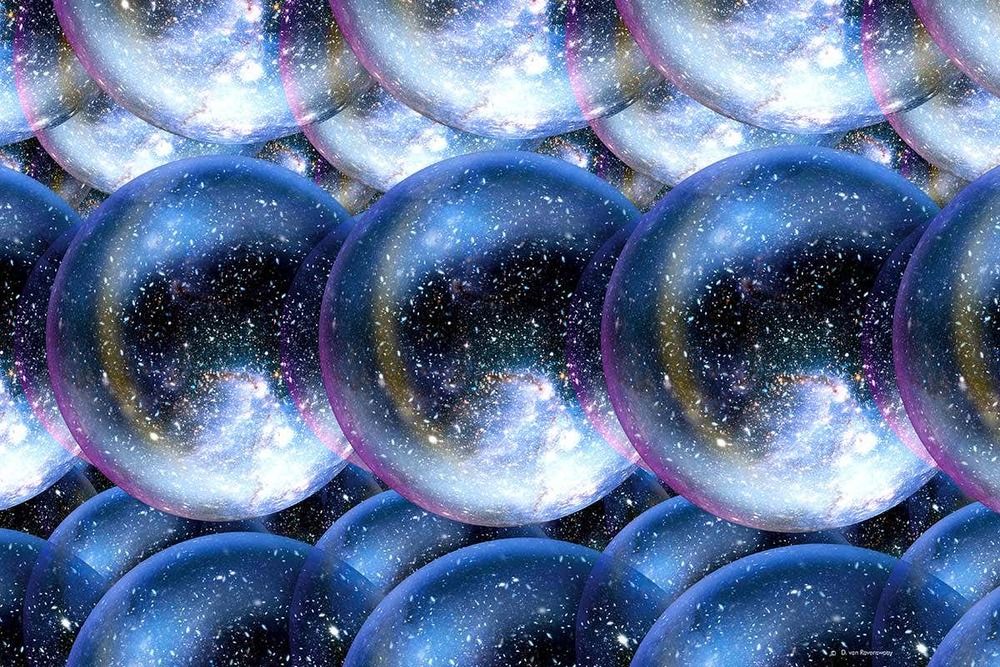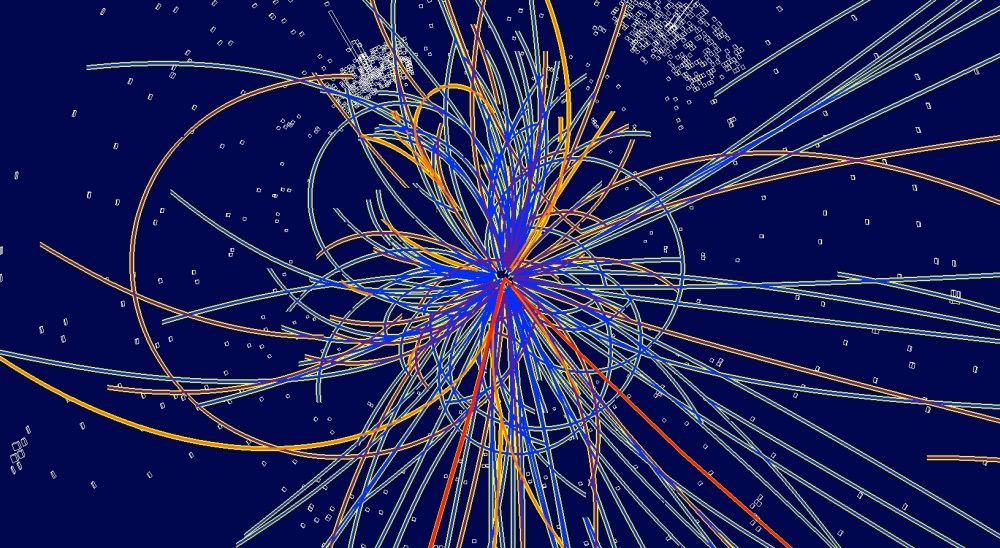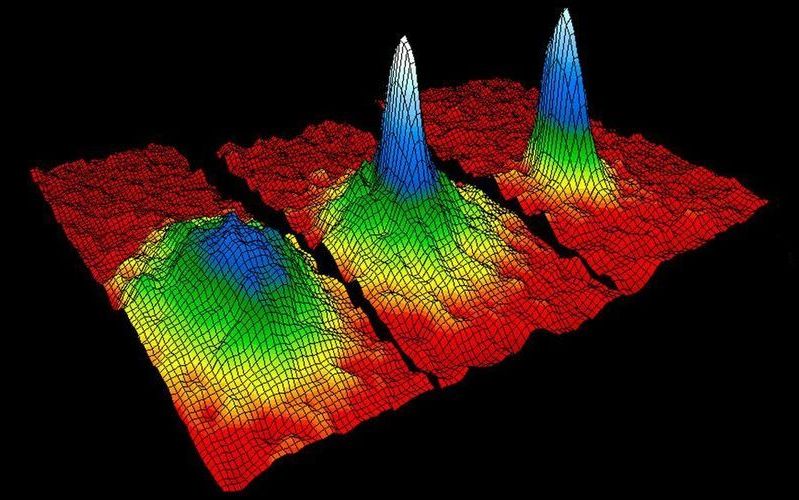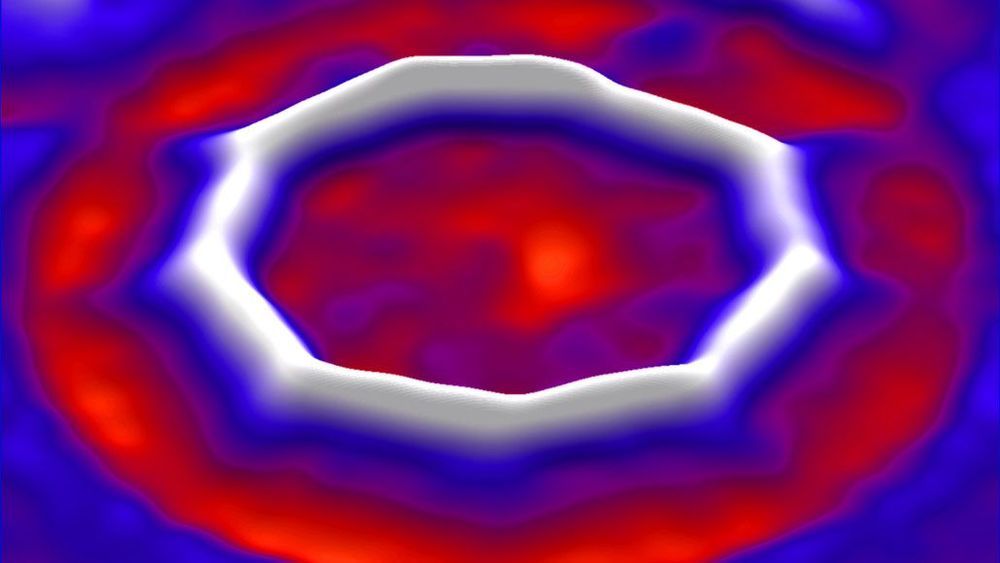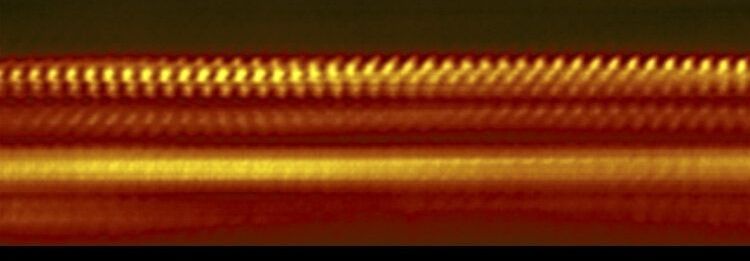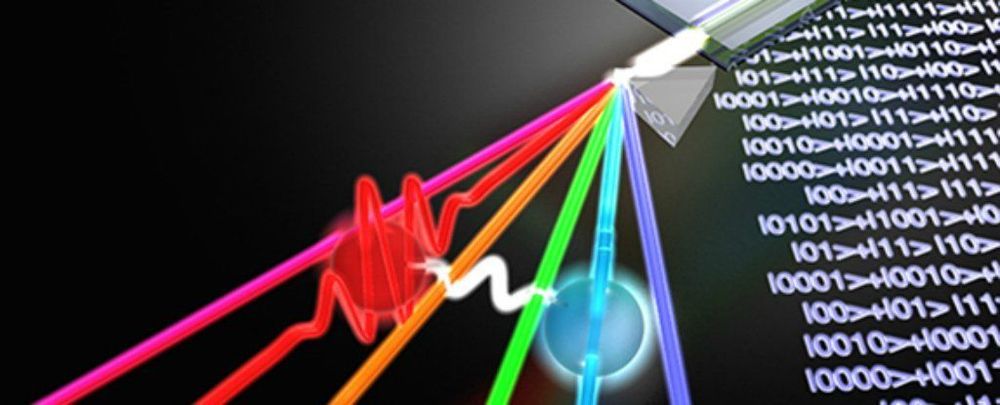Aug 20, 2019
A New Experiment Narrows Potential Properties of Dark Energy Particle
Posted by Quinn Sena in categories: cosmology, particle physics
An experiment in the United Kingdom has failed to find evidence of a particle meant to explain most of the universe’s mass. But the search isn’t over.
When cosmologists observe the way the universe expands, they find that present-day theories of matter can’t explain most of the universe’s energy. They call the unknown energy “dark energy,” and theorists have tried to explain it by proposing undiscovered particles and corresponding fields. Experiments have failed to find evidence of such particles, but in physics, that’s not necessarily a bad thing.
